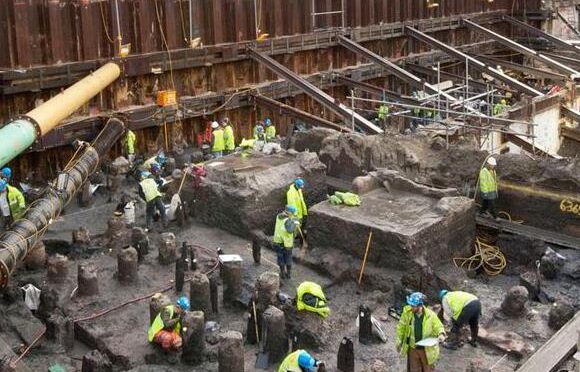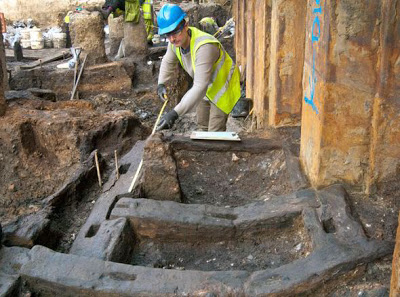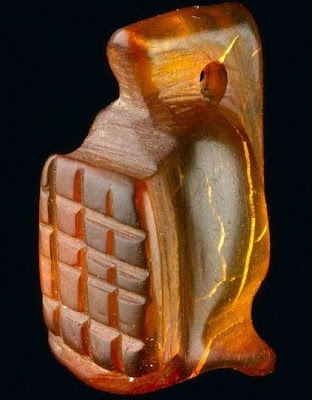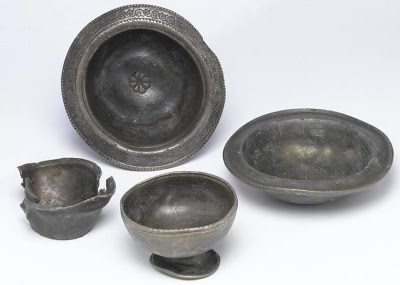Approximately 10,000 artifacts, including writing tablets and good luck charms, have been found. The area has been termed the “Pompeii of the north” due to the excellent preservation of organic relics such as leather and wood.
“This is the spot we have been dreaming of for 20 years,” one expert stated.

Bloomberg’s European headquarters will be located on the site.
It comprises built-up dirt waterfronts and timber structures and a complicated Roman drainage system used to dump garbage from industrial buildings. It also contains the bed of the Walbrook, one of London’s “lost” rivers.
Due to the soggy soil, preserved organic materials such as leather and wood in an anaerobic environment
‘Exquisitely preserved’
According to the Museum of London archaeologists (MOLA), the discovery comprises the most extensive collection of minor items ever discovered on a single site in London, spanning AD 40 to the early fifth century.
“We have entire streets of Roman London in front of us,” said MOLA site director Sadie Watson.
The location is one of London’s deepest archaeological excavations, at 40 feet (12 meters), and the team has removed 3,500 tons of soil in six months.

Another coveted item is a wooden door, which is only the second to be discovered in London.
“Layer upon layer of Roman timber buildings, fences, and yards, all beautifully preserved and including fantastic personal goods, garments, and even documents,” MOLA’s Sophie Jackson remarked.

Because of the conserved wood, we will use tree ring samples to establish dendrochronological dating for Roman London, which is expected to be earlier than the existing AD 47 estimate.























